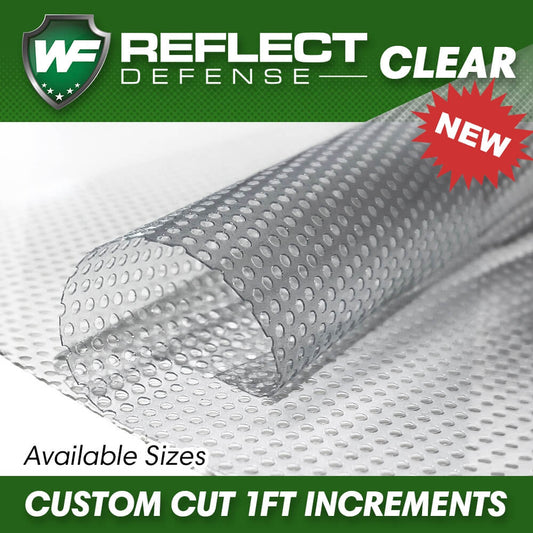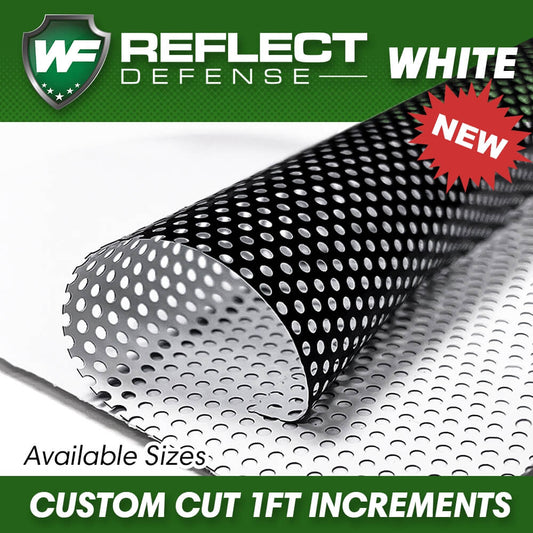What causes artificial grass to melt?
Hayden BonnersSunlight comprises different wavelengths of light, including visible light, ultraviolet (UV) light, and infrared (IR) light. UV light has the highest energy of the three and is responsible for causing damage to living cells and materials, including the blades of turf. This can result in the artificial gass drying out, turning yellow, or even dying. On the other hand, IR light is responsible for heat and causes the turf to get hot enough to melt or burn.
Windows are made of Glass, which allows light to pass through but can also reflect a portion of the light. The amount of reflection depends on the type of Glass and the angle of the light. If a window is positioned so that the sun's rays are reflected onto a patch of turf, UV and IR light can cause the turf to overheat and melt. This can happen even if the sun is shining directly onto the turf, as the reflected light from the window can add to the intensity of the light hitting the turf.
The damage caused by window reflections can be especially severe if the turf is already dry or has a low moisture content. This is because dry grass is more susceptible to heat and UV light damage. Additionally, the damage can be compounded if the reflection is concentrated in one area for an extended period, as the heat builds up and can cause even more severe melting.
The type of Glass used in windows can also play a role in the amount of reflection and the severity of the damage. Glass with low reflectivity (often referred to as "Low-E" glass) is designed to reflect less light and reduce the amount of heat that enters a building. This type of Glass can help to reduce the amount of reflection and, in turn, reduce the risk of turf melts. However, even low-e Glass can still reflect some light and cause damage if the sun shines directly onto the Glass at the right angle.
In addition to the type of Glass, the sun's angle and the window's position can also play a role in the amount of reflection and the severity of the damage. Windows angled towards the sun or positioned so that the sun shines directly onto the Glass are more likely to reflect light onto the turf and cause damage. To prevent or mitigate the damage, it is essential to consider the orientation and position of windows when designing or installing them and to consider shading devices or other measures to reduce the amount of light reflected onto the turf.
Several strategies can be used to prevent or mitigate the damage caused by window reflections. One of the most effective strategies is to shade the turf or to install shading devices such as awnings, blinds, or Turf Shield Window Film. This can help reduce the amount of light reflected onto the turf and prevent the artificial grass from overheating and melting. Another strategy is to install windows with low reflectivity, as discussed above.
In addition to shading, landscape design strategies can also be used to prevent or mitigate the damage caused by window reflections. For example, planting trees or other vegetation in front of windows can help shade the artificial grass and reduce the amount of light reflected onto it.





